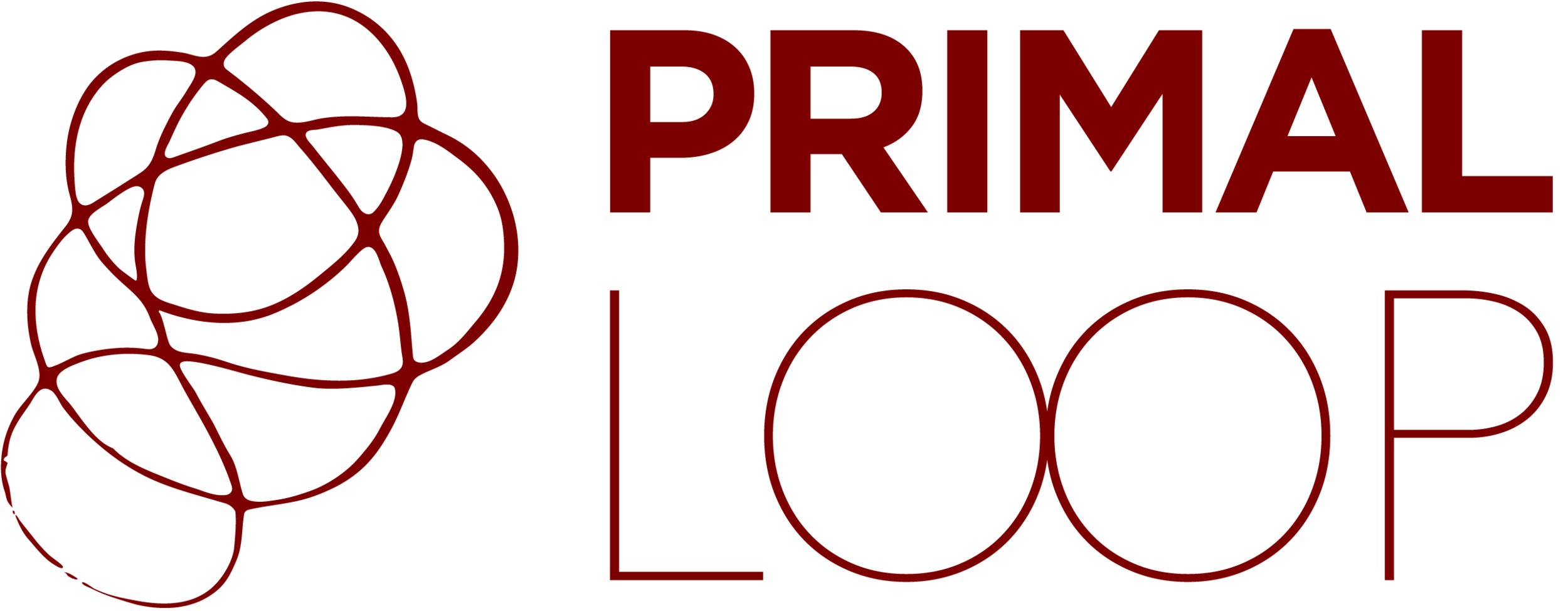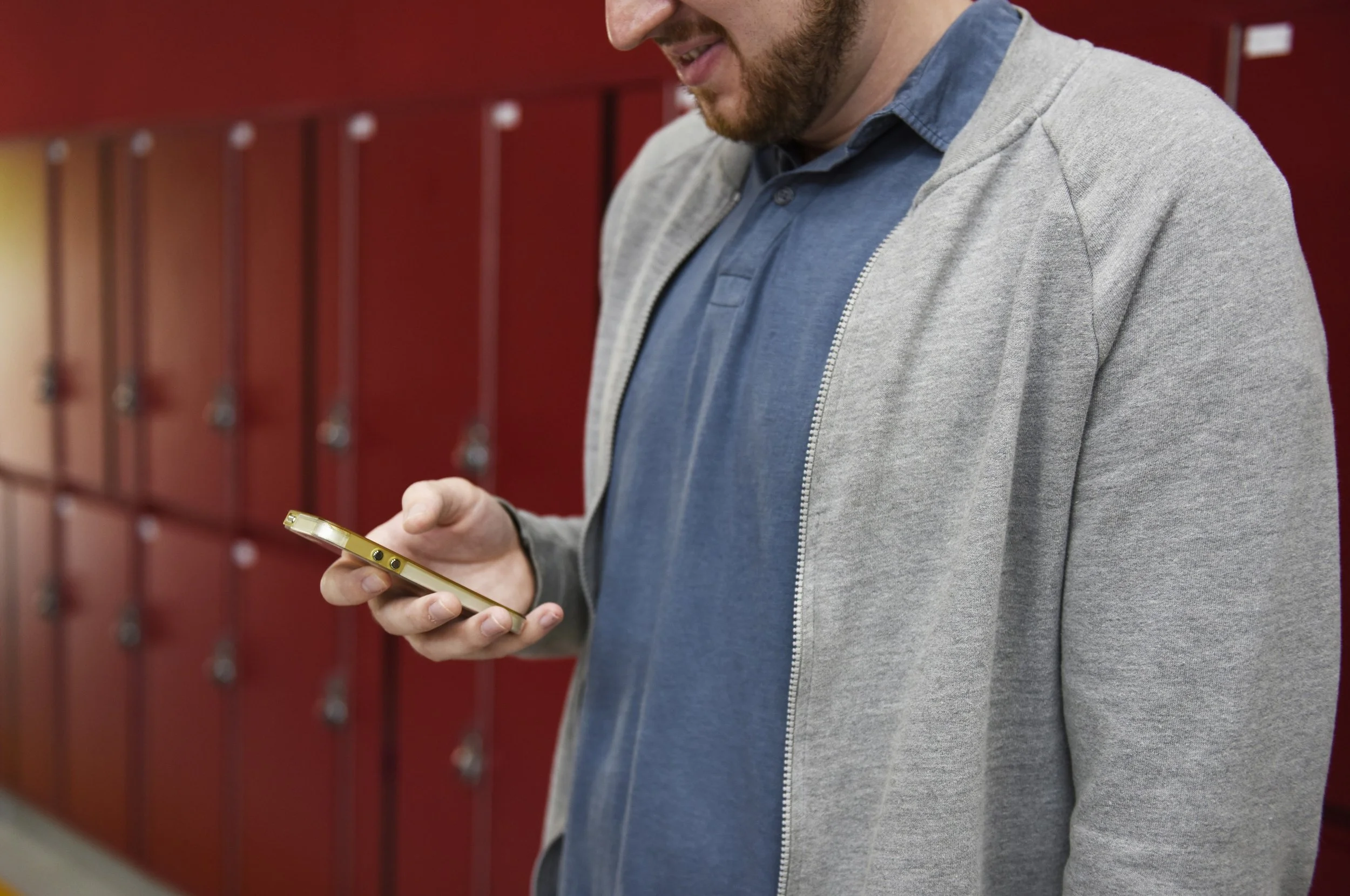Design User Experience and Usability: Think Beyond the Tools
“I noticed you can make wireframes, but I didn’t see any personas in your portfolio,” said a hiring manager. “Can you do personas? Our client would really like to see personas and user flows.”
Are we doing a disservice by favoring and hiring people based on the tools they can showcase in their portfolios rather than on their ability to navigate and overcome today’s challenges?
Too many tools, acquired too quickly
There seems to be an overabundance of non-accredited institutions offering 10-week or immersive one-week courses in which non-design professionals can receive a design certificate—plus the promise of obtaining the knowledge needed to create usable documents for software development.
Teaching students a series of tools through 40 hours of classroom experience is the equivalent of attending a design conference over a long weekend and expecting to switch jobs on Monday. Few professionals are capable of making this leap, and the ones who could actually do this most likely already possess a strong analytical or creative background, anyway.
It is not the tool that makes the designer, but the ability to think quickly and explore the possibilities. It is, as Tim Brown covers in his book Change by Design, “talent for balancing technical, commercial, and human considerations.”
A tool is only as effective as the mind that wields it
I’d like to propose a 10-week course on curiosity, exploration, and iteration instead of a watch-and-repeat tutorial of industry tools. This would yield a far superior and more agile labor force. With this kind of training, students would have the confidence to develop new perspectives, build a new set of tools, and redefine the needs of the target industry. In other words, a course that teaches them how to think, rather than regurgitate.
Do tools have a purpose? Absolutely: tools serve as the vehicle to evaluate, communicate, and present ideas in a concrete manner. But tools also create boundaries. Ideas should always precede the tool, and as designers, it is our duty not to let the tools confine our curiosity and thinking.



